In the context that Vietnam is entering a new stage of development with artificial intelligence (AI) being in the group of strategic technologies and one of the main driving forces, let's discuss the important question: How will Vietnam appear in the minds of international friends?
The Strategic Implications of AI
Few technologies in history have had the same level of pervasiveness and impact as AI, especially generative AI. In less than three years since ChatGPT launched (November 2022), generative AI tools have permeated every sector — fromeducation , media, to business and public administration. It is reshaping the rhythms and structures of life, requiring countries, businesses and communities to adapt quickly.
First of all, AI is accelerating almost every process in political , economic, and social life. Product innovation cycles, idea life cycles, the speed at which cultural and social trends spread — all are being shortened dramatically. A media campaign can be produced and become a global phenomenon in just a few days, thanks to AI platforms that support content creation and distribution. A new policy can be deployed and popularized widely in just a few weeks or months, which might have taken years before. In this context, the ability to continuously adapt, learn quickly, and refresh images will become a vital factor.
Tourists visit Hoi An ancient town by Hoai River (Illustration: Cong Binh)
The strategic implications go beyond speed. AI is also making the world smaller and increasing global competition. As barriers to knowledge and technology fall, and as increasingly powerful AI tools become available to everyone, the bar for competition will rise.
A small business, a medium-sized country, can now go global — but it also means facing more sophisticated competitors from everywhere. In this increasingly integrated digital space, all players are entering a common playing field, where differentiation and real value must be clear enough to win the market.
Perhaps the most formidable challenge, however, comes from the cognitive homogenization that AI inadvertently creates. When billions of people use the same AI tools to perform a wide range of tasks from searching for information, translating, to creating and consuming content, cultural nuances, worldviews, and distinct identities are easily “flattened.” Most modern AI models are trained on data heavily influenced by Western or Chinese knowledge centers. Without proactively preserving and renewing their identities, small and medium-sized countries will easily be sucked into an increasingly monotonous globalized cognitive space.
AI’s three strategic forces—acceleration, fierce competition, and the threat of assimilation—are fundamentally changing the rules of the global game. In this context, old approaches to development, integration, and even nation branding will no longer be sufficient. For example, the narrative of an emerging, dynamic, and integrated economy, while positive, is easily lost when many other countries around the world are pursuing similar goals.
Vietnamese brand
In a rapidly changing global context under the influence of AI, one of the questions every country needs to ask itself is: how are we perceived? Is that image still relevant and convincing enough in a new world full of competition for ideas, values and emotions?
Moreover, it is a world where the strategic space is shifting so rapidly that those who fail to recognize these changes early will easily miss the beat in the new race of the 21st century.
For Vietnam, the integration journey over the past four decades has helped the country's image become more widely known. From a country that experienced decades of war, Vietnam has emerged as one of the fastest growing economies in the region, with an increasingly favorable investment environment and a youthful, dynamic society. Many international friends appreciate the friendliness of the Vietnamese people, their perseverance, overcoming difficulties, and above all, their openness and willingness to innovate and adapt.
The more fierce global competition becomes, the greater the value of the national brand becomes. Therefore, the image of Vietnam needs to appear more clearly in the minds of international friends than ever before. We have many valuable foundations: rich cultural identity, unique nature, heroic history of struggle, and achievements of the renovation process. Those values have created sympathy and admiration for Vietnam over the past decades.
However, with technologies like AI blurring boundaries and accelerating movement, familiar descriptors like “friendly,” “developing,” or “dynamic,” while accurate, are no longer enough to create a long-term competitive brand. With many countries in the region pursuing similar goals, relying solely on likeable impressions will make Vietnam easily get lost in the shuffle.
The question is: if we had to choose a new brand for Vietnam – an image that both inherits the depth of tradition and expresses a distinct identity in the 21st century – what should we choose?
A new brand
As technology increasingly dominates every aspect of life, as every moment can be digitized and optimized, the experience of being “real” — of truly connecting with people, with places, with culture — may very well become the new “luxury” of the age.
In that context, if Vietnam knows how to preserve and promote its own identity, it has the opportunity to become a global destination for those who crave deep, authentic and emotional connections. We strive to build Vietnam into a developing country with modern industry and a developed country with high income, but it does not necessarily have to follow the model of a “new Silicon Valley” or a “new tourist paradise” in Southeast Asia.
Instead, we can be places where people not only breathe, but feel alive — with their senses awakened, with cultural depth present in their daily lives, and with human relationships that have not been replaced by indifferent convenience. It could be a morning sitting in a small coffee shop hidden in a Hanoi alley, where you can clearly hear the whispers of the streets, the sounds of people passing by, and the aroma of freshly brewed iced coffee.
Or evenings spent wandering around the bustling streets of Saigon, where life is constantly moving, yet always retains its own unique friendliness and intimacy. Or perhaps the local markets where sellers and buyers still bargain vigorously as a part of life, not a spectacle for tourists. Or the young creative communities — artists, filmmakers, designers, programmers — that are gradually finding a space in Vietnam for experimentation and exploration.
In Vietnam, modern life does not require isolation from the community. On the contrary, traditional, modern, individual and communal elements are still naturally interwoven and intermingled — so that anyone who sets foot here can feel a life full of emotions, full of humanity but still full of amenities. This is the value that Vietnam can bring to the world in the coming decades — and is also one of the solid values that contribute to building the national brand.
Of course, for such a brand to be truly compelling and sustainable, it will require initiative. Public spaces need to be preserved and designed to encourage people-to-people connections. Cultural values must be disseminated without being overly commercialized. Smart policies can help attract and nurture international creative communities, making Vietnam one of the remaining “oases” of humane living experiences in an increasingly technology-filled world.
In the next 10 or 20 years, if we choose the right path for ourselves, perhaps when international friends think of Vietnam, they will no longer just remember stories of the past, or simply consider it a tourist destination. They will think of a place where when you come, you truly feel like you are living — among people, among space, among an emotional rhythm of life. A brand like that, if built, will help us tap into the deepest needs of people everywhere in the world: to live authentically, to connect authentically.
When compared to well-established national brands in the region, it can be seen that in some ways Vietnam still lacks a more convincing message, values and images that create a lasting difference. Japan is associated with quality and sophistication, thoughtfulness. Korea with creativity and the spread of popular culture. Singapore with modern management capacity and an ideal living environment.
For Vietnam, the problem is not a lack of value or a lack of stories to tell, but how to distill that core spirit into a clear, consistent and emotional message - enough to evoke the imagination and leave an impression on the minds of international friends.
Author: Ngo Di Lan is a PhD in International Relations (Brandeis University, USA). His main research interests include: international security, armed conflict, the impact of AI on international relations and applications of AI in strategic planning & national security policy. He is currently working at the Institute for Strategic Diplomacy Studies, Diplomatic Academy.
Dantri.com.vn
Source: https://dantri.com.vn/tam-diem/dinh-vi-viet-nam-khi-tri-tue-nhan-tao-thay-doi-cuoc-choi-20250617071755869.htm


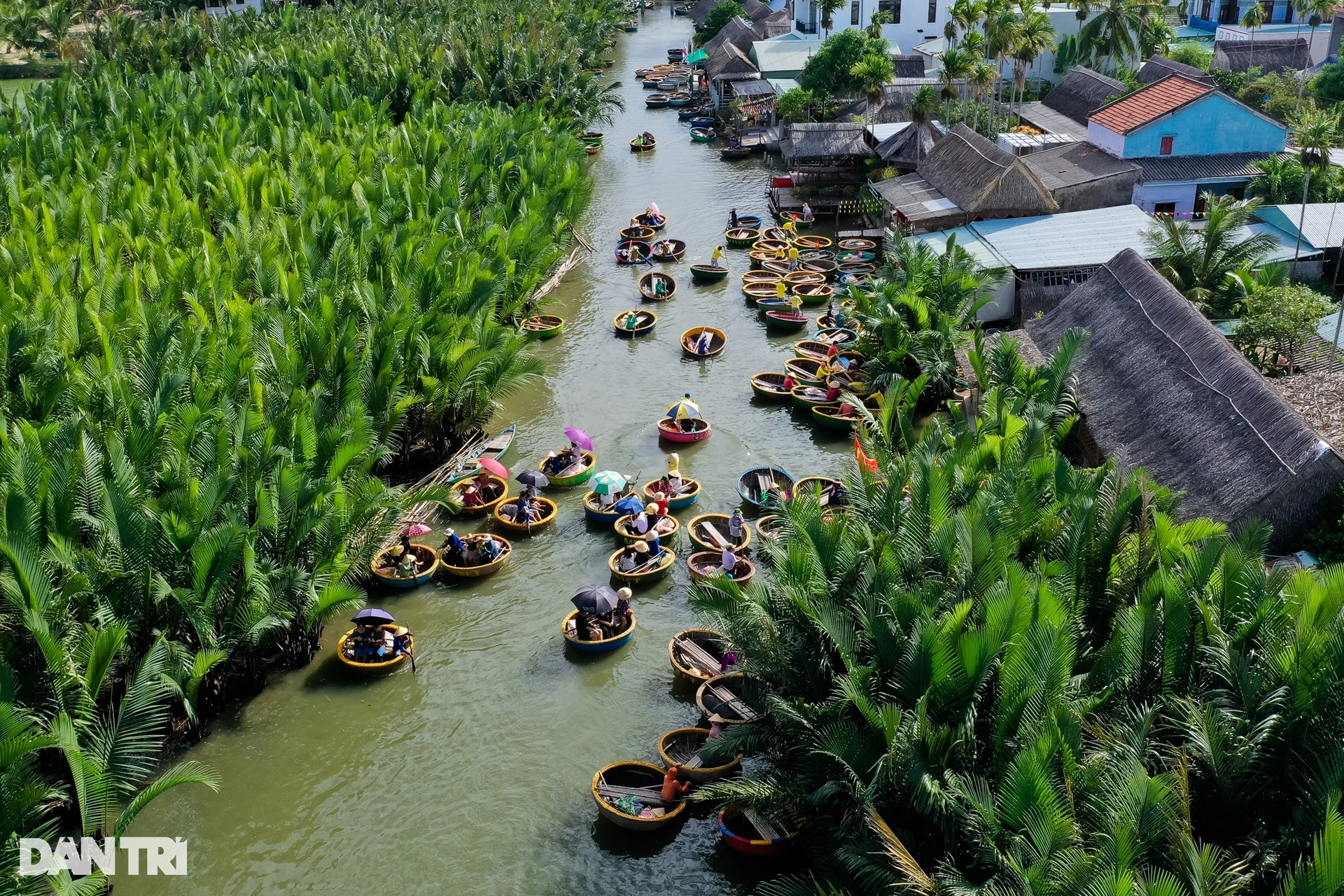















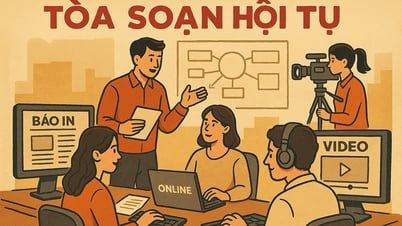





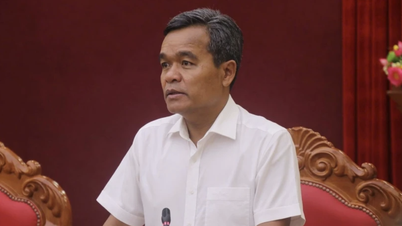































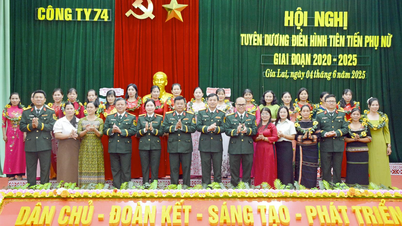




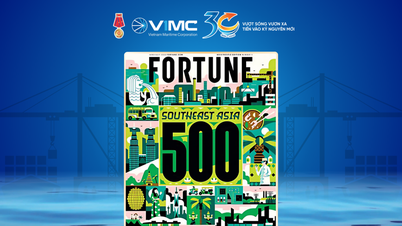
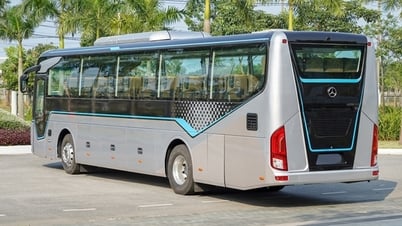

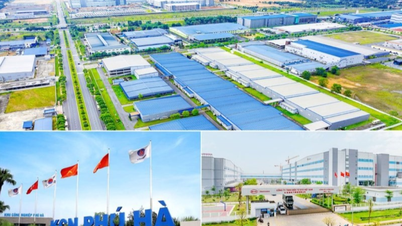

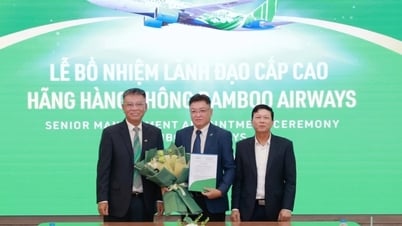


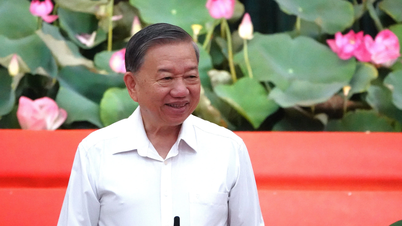
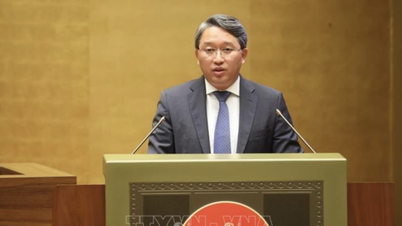



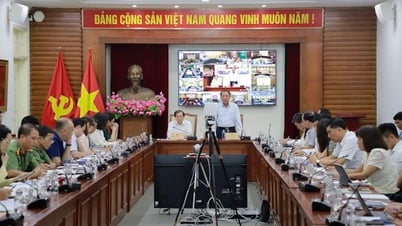





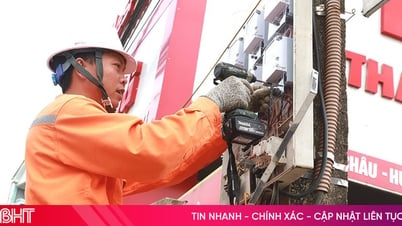



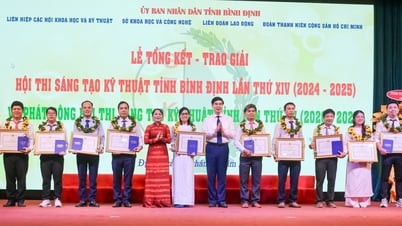



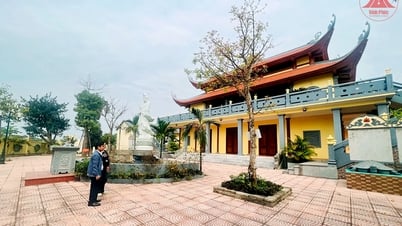
















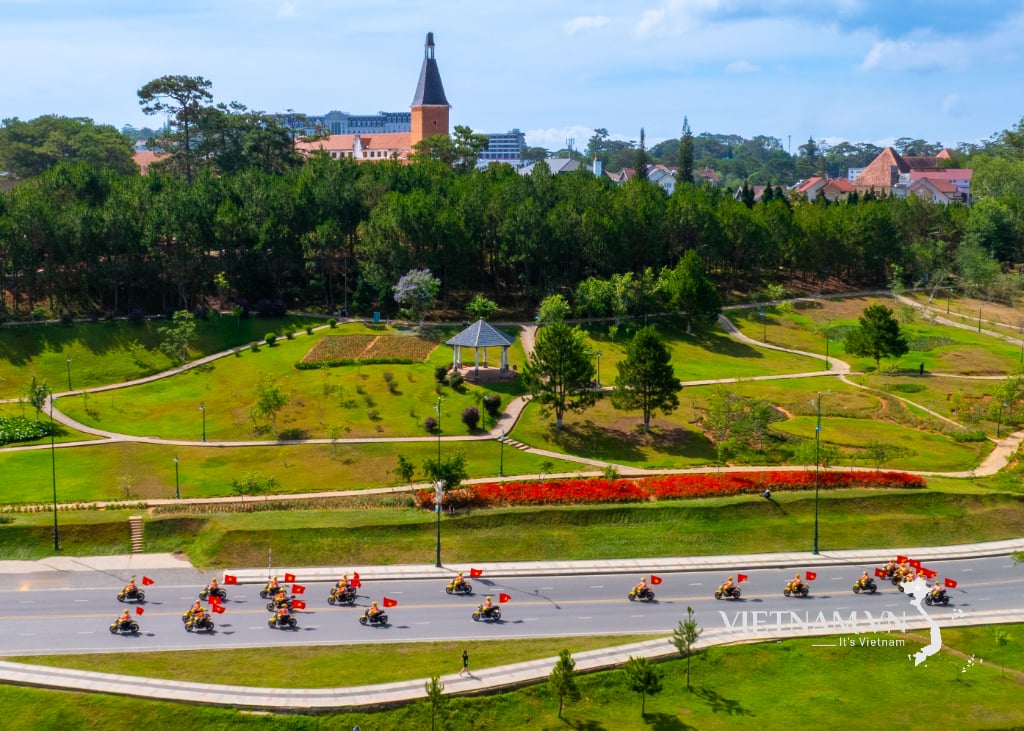
Comment (0)